Because the size of the small-sized kitchen is relatively small, and the variety of modern electrical appliances is increasing, if it is placed on the countertop, it will inevitably appear messy. In order to make these appliances and kitchens more beautiful and elegant, the built-in kitchen Electrical appliances are becoming more and more popular among people; at the same time, many people are worried about the safety of embedded kitchen appliances....... Today, let's talk about the precautions for embedded kitchen appliances, for your reference! First, what are the kitchen appliances? Counting embedded appliances: ovens, steamers, microwave ovens, dishwashers, disinfection cabinets, refrigerators, gas stoves, range hoods, washing machines, etc. It is worth noting that the first thing to consider for cabinets with embedded appliances is that the kitchen space should be sufficient. After the cabinets are completed, the aisles must be at least 1.2 meters or more. Because the cabinet width is 60, the embedded appliances open the door and turn down. Will occupy at least 50cm, plus the position of the station is at least 60cm; the second point, before custom cabinets, it is recommended to first determine which embedded appliances, and its size, to facilitate retention and installation of wires, etc.; It is recommended to choose a more reliable brand, and the selected appliances are preferably the same brand to ensure the uniformity of style. Second, matters needing attention Next, the indoor sister will briefly introduce the precautions for embedded appliances that are more commonly used in the home kitchen. 1 first talk about the oven's precautions a. When making the cabinet, it is recommended that the installation position of the oven should not be placed under the gas stove. Because both are high-heat-dissipating kitchen utensils, the two can easily damage the parts and shorten the life. If the gas pipe leaks, Bringing the risk of fire or explosion; b. When making cabinets, the installation position of the oven is recommended to be higher (the height is probably below the chest, depending on the height of the user), which is convenient for baking and cleaning. In addition, the cabinets with external ovens should be professionally resistant. High-temperature materials, because the temperature of the oven is too high, it is easy to damage the cabinet, and it is not suitable to design the refrigerator next to the oven. If you must design the refrigerator, you need to add a heat insulation board between them, because each will emit a lot of heat, which will hinder the machine. Run and shorten the service life; c. Please purchase the front heat-dissipating oven, then the front panel of the oven and the cabinet door should have a certain gap to allow the air to flow and play the role of heat dissipation; d. The cabinets in which the oven is installed can be installed without the backboard, ensuring a wider space when installing the oven. e. It is recommended that the socket be installed on the side of the oven cabinet for convenient use; 2 microwave oven a, it is best to choose a microwave oven with a positive air outlet; b. When embedding the microwave oven, it is recommended not to be close to the cabinet. Reserve 10 cm on the top and 5 cm on the left and right to ensure smooth ventilation. c. At the back of the microwave oven, it is recommended to install a “microwave oven-specific socket†because the power of the microwave oven is relatively high; d. The embedded microwave oven is generally installed in the cabinet or the cabinet. It should be noted that the depth of the microwave oven is generally larger than the size of the cabinet, so the microwave oven may expose a part; 3 disinfection cabinet a, the general installation position of the embedded disinfection cabinet is below the gas stove, the distance from the gas stove should be at least 15cm or more, forming a smoke, stove, and disappearing in a straight line, at the same time convenient for cooking and taking dishes; b. A venting hole of about 12*12cm should be opened behind the cabinet to facilitate ventilation and heat removal. 4 refrigerator The embedded refrigerator needs to pay attention to the problem of heat dissipation, because the heat dissipation of the refrigerator is on both sides and behind the box, and the embedded refrigerator may have cabinet boards on both sides, so it is recommended to leave about 10 cm on both sides of the refrigerator, but the box cannot be behind. Relying on the wall, you should also leave a heat dissipation of about 10 cm. 5 gas stove a. Because the current one-piece kitchen is better in sealing, and the gas stove needs oxygen in the air when working, it is recommended to open a small ventilation hole at the bottom of the cabinet to ensure that the gas stove can work normally; b. It is recommended that the embedded gas stove must be equipped with a flameout protection device to prevent the gas stove from shutting off or tempering and leaking or deflation, the flameout protection device will close the gas valve;
1.ANTENK Wire to Board connectors are avialable in different terminations and sizes intended for use on a variety of applications. These connectors provide power and signal with different body styles, termination options, and centerlines. To find the wire to board set required, click on the appropriate sub section below.
2.Our products are widely used in electronic equipments,such as monitors ,electronic instruments,computer motherboards,program-controlled switchboards,LED,digital cameras,MP4 players,a variety of removable storage disks,cordless telephones,walkie-talkies,mobile phones,digital home appliances and electronic toys,high-speed train,aviation,communication station,Military and so on
Antenk Wire To Board Connectors Ranges:
Power Wire to Board
Wire to Board Connectors Information Wire To Board Connectors,Wire Harness,Pcb Wire To Board Connector,Pin Wire To Board Connector,IDC Wire to Board,Locking Wire to Board,Latching Wire to Board,Fine Pitch Wire to Board ShenZhen Antenk Electronics Co,Ltd , https://www.antenksocket.com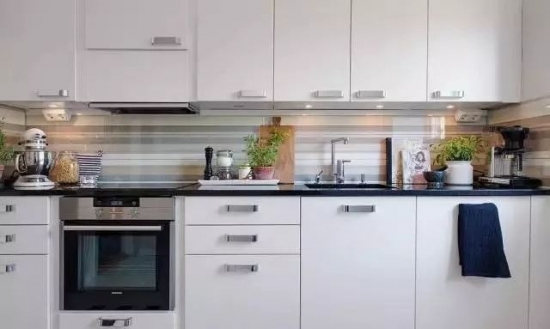
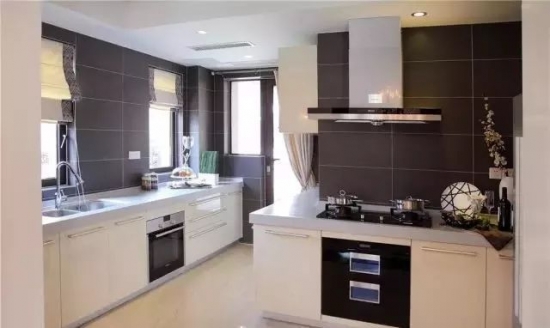
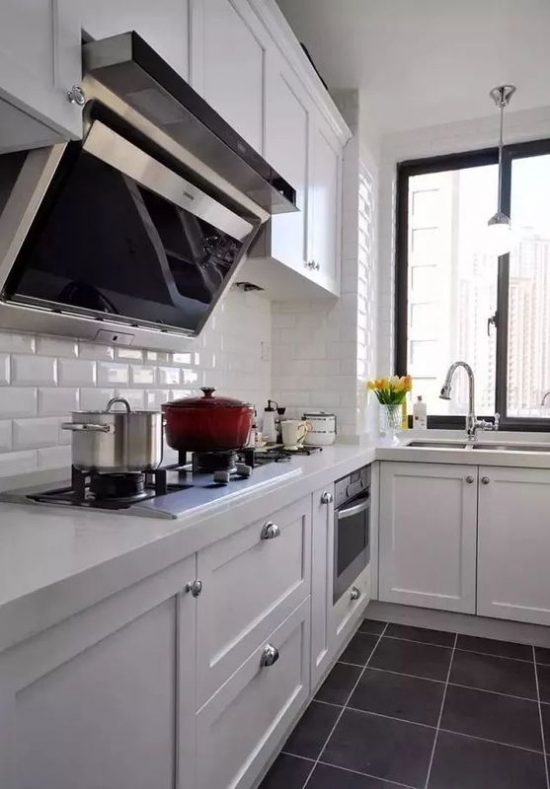
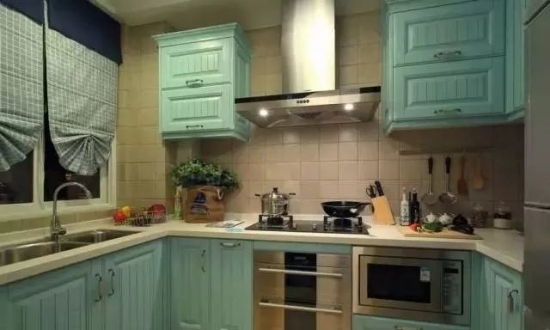
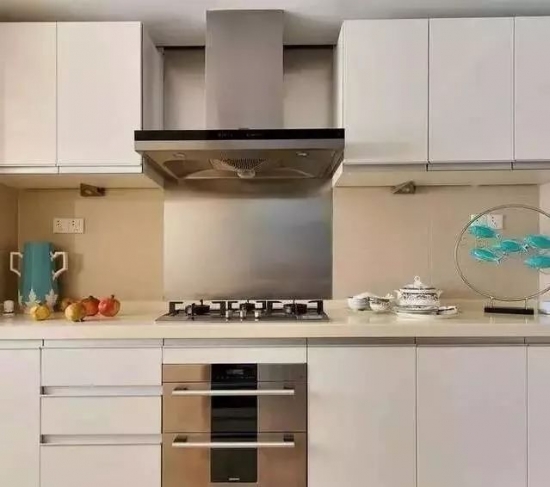
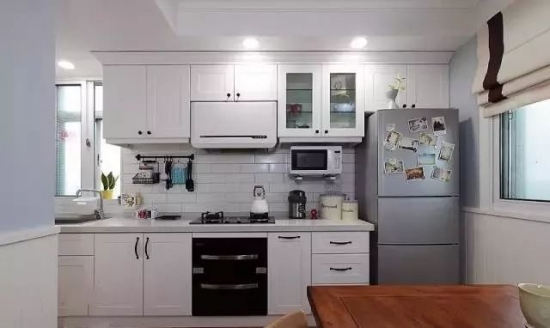

IDC Wire to Board
Locking Wire to Board
Latching Wire to Board
Fine Pitch Wire to Board
Description
Wire-to-board connectors are used to interconnect printed circuit boards (PCBs) by using connectors attached to wires.
Specifications
Specifications for a wire to board connector include the following.
Wire-entry angle - There are three wire-entry angle styles: vertical, right-angle, and bottom-entry.
Wire size - Wire size is usually measured in American wire gauge (AWG), a standard for non-ferrous wire conductor sizes. The term "gauge" refers to the wire`s diameter. The higher the gauge number, the smaller the diameter and the thinner the wire.
Circuits or positions - With wire to board connectors, the number of circuits or positions may range from 1 to 120.
Pitch or center spacing - Pitch or center spacing is measured in millimeters (mm) or inches.
Lock to mating style - There are three basic lock-to-mating styles: positive, friction, and friction ramp.
Maximum current - The maximum current or current-carrying capacity is measured in amperes (A) and ranges from 1.0 A to 50. A.
Termination Methods
Crimp is the physical compression of a contact wire around a conductor to make an electrical and mechanical connection. Insulation displacement connectors (IDC) slice through the cable insulation to make a connection. Choices for termination method also include cage clamp, screw, tabs, and solder cups.
PCB Mounting Styles
With wire to board connectors, there are four choices for PCB mounting.
Through-hole technology (THT) mounts components on a PCB by inserting component leads through holes in the board and then soldering the leads in place on the opposite side of the board.
Surface mount technology (SMT) adds components to a PCB by soldering component leads or terminals to the top surface of the board. SMT components have a flat surface that is soldered to a flat pad on the face of the PCB. Typically, the PCB pad is coated with a paste-like formulation of solder and flux.
Press-fit and compression-style Board To Board Connectors are also commonly available.Wire to Board Connectors Information
Standards
Wire-to-board connectors carry approvals from various national and international organizations. In North America, they often bear marks from Underwriters Laboratories (UL) and/or the Canadian Standards Association (CSA).
A wire to board connector for the European marketplace should comply with the Restriction of Hazardous Substances (RoHS) and Waste Electrical and Electronic Equipment (WEEE) directives from the European Union (EU). Wire-to-board connectors that comply with other requirements are also available.
BS 9526 N0001 - Specification for multi-contact edge socket electrical connectors.